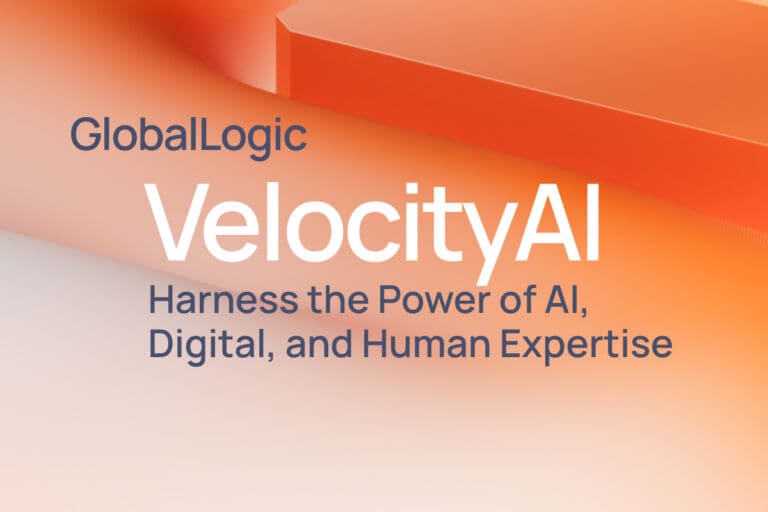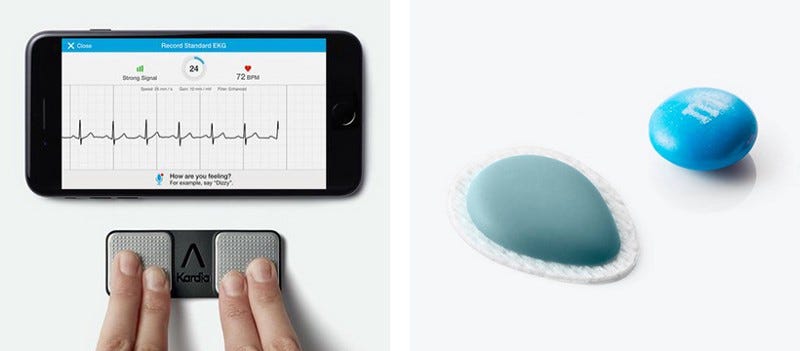- Services
Technology Capabilities
Technology Capabilities- Product Strategy & Experience DesignDefine software-driven value chains, create purposeful interactions, and develop new segments and offerings.
- Digital Business TransformationAdvance your digital transformation journey.
- Intelligence EngineeringLeverage data and AI to transform products, operations, and outcomes.
- Software Product EngineeringCreate high-value products faster with AI-powered and human-driven engineering.
- Technology ModernizationTackle technology modernization with approaches that reduce risk and maximize impact.
- Embedded Engineering & IT/OT TransformationDevelop embedded software and hardware. Build IoT and IT/OT solutions.
- Industries
- GlobalLogic VelocityAI
- Insights
BlogsDecember 16, 2024Gene LeybzonAccelerating Digital Transformation with Structured AI Outputs
This code produces the following output that can be imported into the candidate trackin...
 BlogsOctober 30, 2024Yuriy Yuzifovich
BlogsOctober 30, 2024Yuriy YuzifovichAccelerating Enterprise Value with AI
Discover how financial services integrations are transforming from standalone offerings...

- About Us
Press ReleaseGlobalLogicMarch 11, 2025GlobalLogic Launches VelocityAI to Harness the Power of AI, ...
VelocityAI combines advanced AI technologies with human expertise, helping businesses r...
 Press ReleaseGlobalLogicJanuary 10, 2025
Press ReleaseGlobalLogicJanuary 10, 2025GlobalLogic Announces Leadership Change: Srini Shankar Appointed ...
SANTA CLARA, Calif.–January 10, 2025– GlobalLogic Inc., a Hitachi Group Com...

- Careers
Published on July 19, 2017Rise of the New Healthcare Paradigm
View all articlesYumiko TanakaShareRelated Content Richard Lett5 March 2025
Richard Lett5 March 2025 Yuriy Yuzifovich4 March 2025View All Insights
Yuriy Yuzifovich4 March 2025View All Insights GlobalLogic26 February 2025
GlobalLogic26 February 2025Let's start engineering impact together
GlobalLogic provides unique experience and expertise at the intersection of data, design, and engineering.
Get in touchHealthcare and Life SciencesThis blog was originally posted by GlobalLogic’s experience design arm, Method.
Technology in healthcare is rapidly progressing. Tests and procedures previously only available in labs are now becoming accessible to the general public. Not only are these technologies cheaper and faster, they also generate large swathes of data that can be used to improve diagnosis, treatments, and outcomes.
As part of a project run in collaboration with EVRY Strategic Design Lab, we looked into emerging trends in healthcare, particularly at the intersection of health, technology, and people. Our research pointed to three areas where technology is forging a new paradigm of healthcare.
Genetic Information
The first of these areas, genetic information based on testing, was previously cost prohibitive. Major advances in computing, however, have now made testing widely available to patients. The main benefit of genetic information becoming more available is that as more people use it, both in scope and frequency, the data becomes more accurate.
Clinical Records
Clinical facilities are collecting ever increasing quantities of patient data. In combination with machine learning, this data is being harnessed to provide more accurate and efficient diagnoses and prognoses. The decision-making gets faster to examine more patients, and the outcomes become more precise supported by richer reasoning.
Monitoring Behavior
Widespread adoption of mobile devices and wearables is enabling people to effortlessly and constantly capture detailed information about their activity, behaviors, and physiology. This data provides a new contextual layer that augments information collected through clinical settings.
The aggregation of the data generated by three sources of patient information is generating more attention to a critical stage in healthcare: prevention rather than pure focus on prescription. With this new pre-emptive approach, identifying and responding to health issues before the initial signs of illness has the potential to greatly reduce human suffering and save countless lives.
Historically, prevention in health care has targeted generic risks by providing vaccinations or screen tests for early detection of common diseases. And the prevention plan has been about promoting generally healthy lifestyles with physical fitness and diet at the core. However, technology and data-enabled services allow for more acute preventative healthcare journeys to identify specific types of disease and illness, and in turn, guide prevention plans. By way of the data, plans can be highly personalized around specific patient needs. While this approach relies on accurately and efficiently extrapolating relevant information from patient data, its basis has the potential to significantly lower healthcare costs and realize improved outcomes.
Healthcare providers are already starting to adopt a data-oriented approach to treat diabetes and cardiovascular disease. These programs, however, deal with treatments of chronic diseases. Some providers offer predictive genetic tests to patients whose family history has an inherited gene mutation that increases the risk of developing certain types of cancer. These data-oriented care and prevention tactics are frequently initiated by clinicians, with the new journeys not significantly dissimilar from existing pathways.
LEFT: AliveCor a device to measure heart rate using a sensor and an app. RIGHT: Verily project to monitor glucose levels. This new paradigm raises a number of important challenges. For preventive care to truly take hold and fulfill its promise, critical considerations need to be addressed:
- How can the first signs of diseases and conditions be detected to trigger prevention at the right time?
- What enablers will help design personalized prevention plans?
- What is the best way to continuously track and evaluate prevention results?
We look forward to exploring this evolving space and working on how design can address these challenges.

